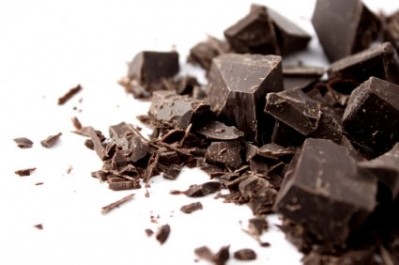A bitter sweet symphony? Consumers who prefer milk chocolate rapidly reject bitter flavours

The study – published in the Journal of Food Science – reveals that consumers with a preference for dark chocolate can handle a wider range of bitter tasting foods, when compared to those who have a preference for milk chocolate.
Led by Meriel Harwood of Penn State University, USA, the researchers assessed the taste preferences of 85 consumers who had self-declared preferences for either milk or dark chocolate. The team found that consumers with a preference for milk chocolate quickly detected – and disliked – milk chocolate with a bitter substance added to the candy, while dark chocolate fans had significantly higher tolerance to the added bitterness.
“In some cases, you may be able to detect a change in the taste of your food, but that might not necessarily lead to disliking the product,” Harwood explained. “However, almost immediately, people who preferred milk chocolate indicated they tasted something different and they didn’t like it.”
Harwood added that the study also suggests testing consumer rejection thresholds in food may be a simpler and more direct way to test food acceptability – rather than measuring consumer detection thresholds.
Threshold tests
The detection threshold test is one of the most common taste tests used in sensory science and is usually paired with consumer testing to determine preferences.
However, Harwood noted that consumers do not always dislike a food because they detect something different – even if that difference may be considered a defect or undesirable attribute.
“There may be a disconnect between preferences and the ability to detect tastes, like bitterness,” she explained. “In other words, using detection threshold tests may not predict consumer acceptability.”
Cost saving
Harwood said the use of rejection threshold tests could lead to cost-savings for the food industry.
Rather than disposing products that are thought to be undesirable and wasting costly materials, researchers could use rejection thresholds to find out whether consumers will object to the taste of a product, she said.
She suggests that manufacturers may also be able to use alternative ingredients, like sugar or salt replacements, if they can first identify a rejection threshold level for those ingredients in products.
This could give product developers more versatility when they create recipes, she said.
Study details
Of the 85 participants, a total of 43 people told the team they preferred milk chocolate, whilst 42 favoured dark chocolate. The consumers then tried a series of chocolate samples that were presented in pairs.
In each pair, one sample contained the bitter-tasting substance sucrose octaacetate (SOA) while the other did not. Each successive pair contained increasing amounts of SOA, the team revealed.
Harwood reported that the milk chocolate group quickly rejected the samples with SOA, while the dark chocolate group continued to like the candy – with a rejection threshold more than 2.5 times that of those who preferred milk chocolate.
Source: Journal of Food Science
Published online ahead of print, doi: 10.1111/j.1750-3841.2012.02889.x
“Rejection Thresholds in Solid Chocolate-Flavored Compound Coating”
Authors: Meriel L. Harwood, Gregory R. Ziegler, John E. Hayes





